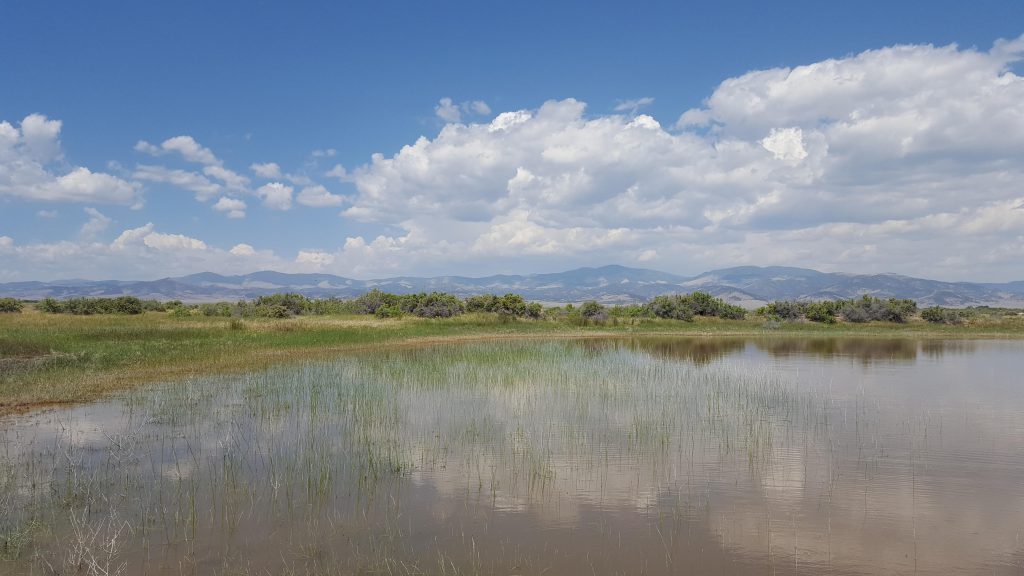By: Joanna Lemly.
(Wetland Ecologist)
Recently proposed changes to the Federal definition of Waters of the U.S. (WOTUS) may greatly reduce protection for Colorado’s wetlands and ephemeral streams under the Clean Water Act. Federal wetland protection is particularly important for Colorado, because we lack explicit statewide wetland regulations.

Over the past year, the Colorado Natural Heritage Program (CNHP) Wetland Team has participated in an important project led by St. Mary’s University to analyze the impact of different WOTUS scenarios on three watersheds across the United States. The final report and several associated web-based communication tools were released last week:
- The official press release
- An ESRI Story Map illustrating the project’s methods and results
- The final technical report
One of the test case watersheds was the South Platte Headwaters in central Colorado, using data developed by CNHP. For the South Platte Headwaters, model results indicate that between 15-54% of wetland acres may lack Federal protection under more restrictive scenarios. These include playasand kettlepond wetlands formed in closed basins, as well as larger headwater fensandwet meadows that lack continuous surface water connections to perennial streams.

While this exploratory analysis is an approximation of the potential impact, limited by the accuracy of input datasets, it helps visualize the vulnerability in wetland protection. Additional detail on the wetlands of the South Platte Headwaters and their likely functions are available through CNHP’s Watershed Planning Toolbox.
The new WOTUS rule will likely be published in the Federal Register in the coming week. Once published, the public will have 60 days to comment on the proposed rule. It is important for the people of Colorado to consider the impact these changes will have on Colorado wetlands and the benefits they provide to our citizens.




